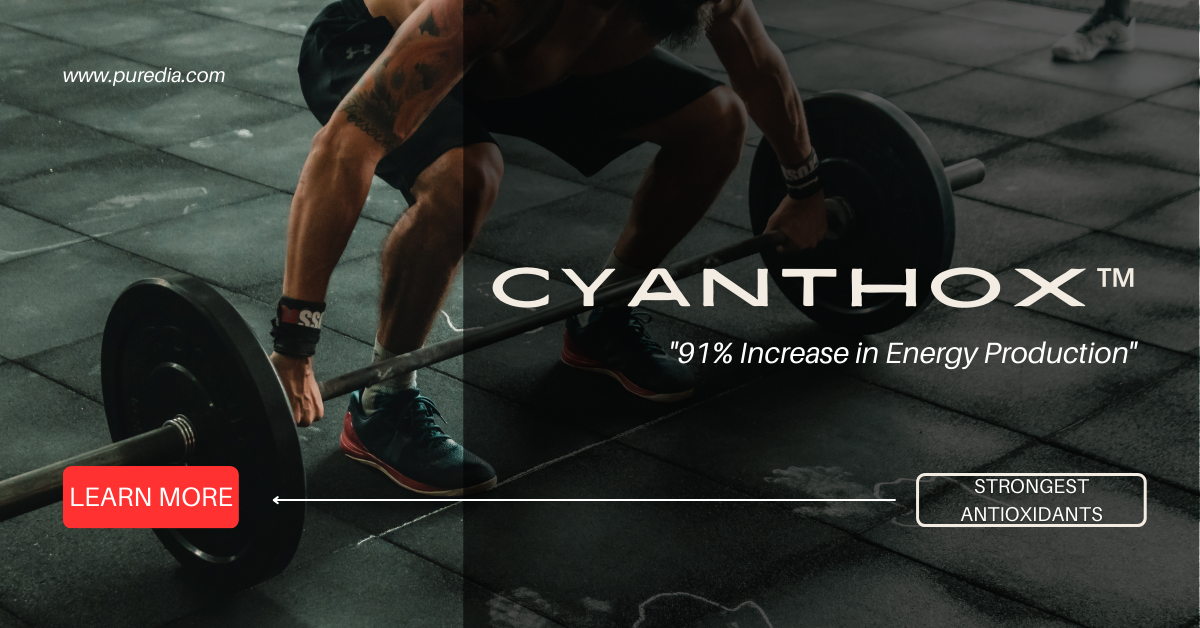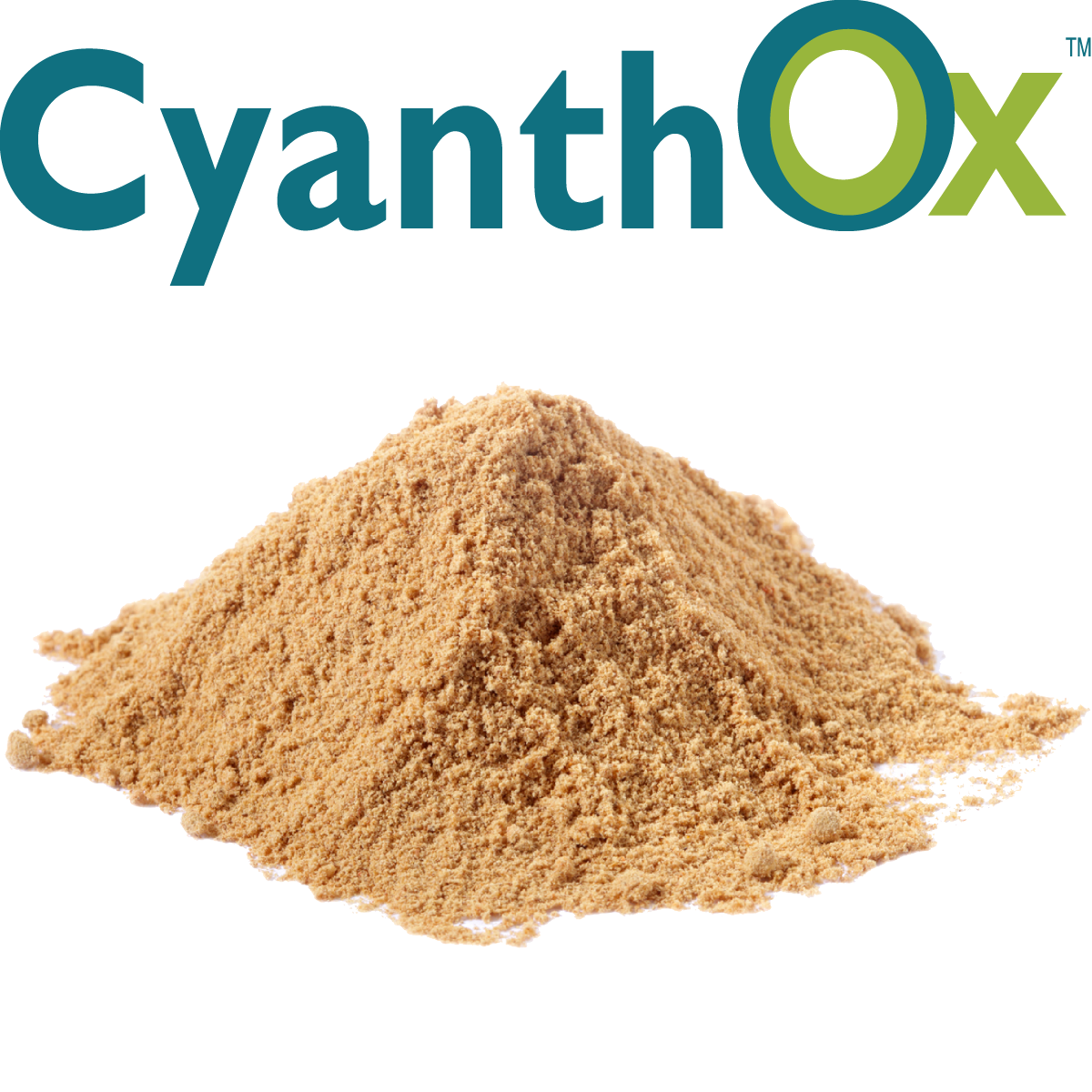Unlock Next-Level Performance & Recovery with CyanthOx™
Introducing CyanthOx™, a groundbreaking plant-based ingredient designed to elevate athletic performance and recovery in your supplement products.
Key Benefits of CyanthOx™
Increased Energy with Improved Mitochondrial Health
CyanthOx™ boosts mitochondrial function, enhancing energy production by 91%. This reduction in fatigue supports sustained energy levels during intense physical activities.
Enhanced Muscle Performance Through Stem Cell Activation
CyanthOx™ increases stem cell production by nearly 40% within two hours of ingestion. This leads to improved muscle mass, strength, and endurance, offering a competitive advantage to your supplement line.
mproved Blood Flow and Faster Recovery
By boosting nitric oxide levels, CyanthOx™ enhances blood flow and oxygen delivery to muscles, improving endurance and speeding up recovery times. This attribute makes it ideal for recovery supplements.
Collaborate with Us
Explore the potential of CyanthOx™ in your supplement formulations. Whether targeting athletes, fitness enthusiasts, or aging populations, CyanthOx™ delivers visible results.
Interested in learning more about CyanthOx™ for your product line? Contact us to discuss how we can help enhance your offerings and meet the needs of your customers.
Strongest Plant Antioxidants: 9x Stronger than Grape Seed & Acai
100% Plant-based & Vegan
No Additives / Solvent Used
Completely soluble in water
Good Thermal & pH Stability
Patented Technology
This ingredient is certified with:
Reference
Liu et al. (2022). Sea buckthorn proanthocyanidins are the protective agent of mitochondrial function in macrophages under oxidative stress. Frontiers.
Lin et al. (2022). Regulatory Effect of Sea-Buckthorn Procyanidins on Oxidative Injury HUVECs. Frontiers in Nutrition, 9.
Drapeau et al. (2019). Rapid and selective mobilization of specific stem cell types after consumption of a polyphenol-rich extract from sea buckthorn berries (Hippophae) in healthy human subjects. Clinical Interventions in Aging, Volume 14, pp.253-263.



